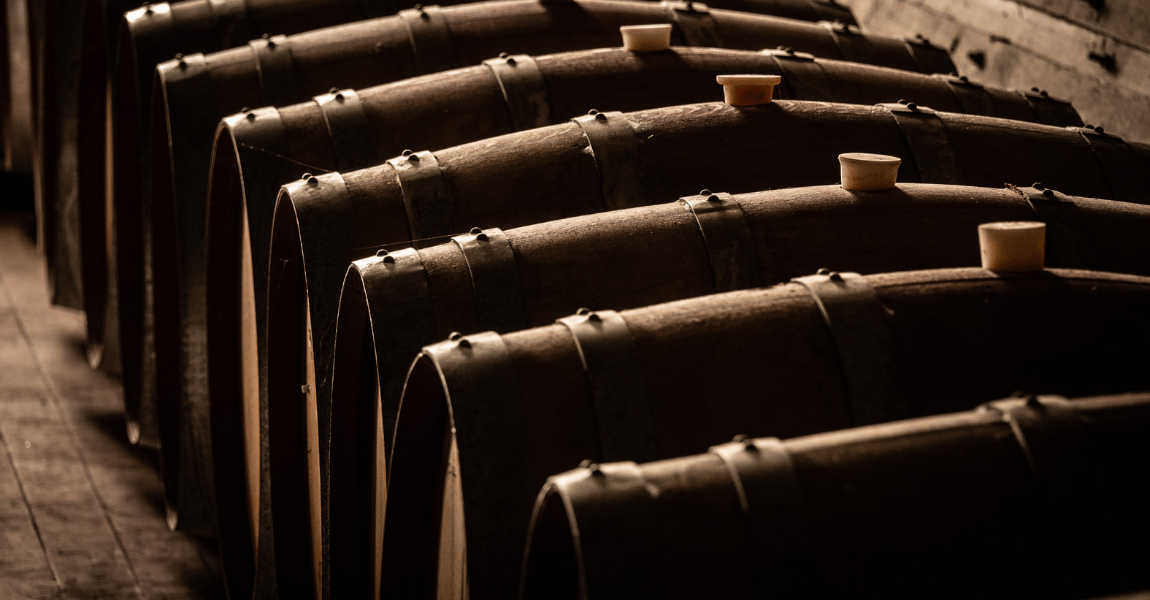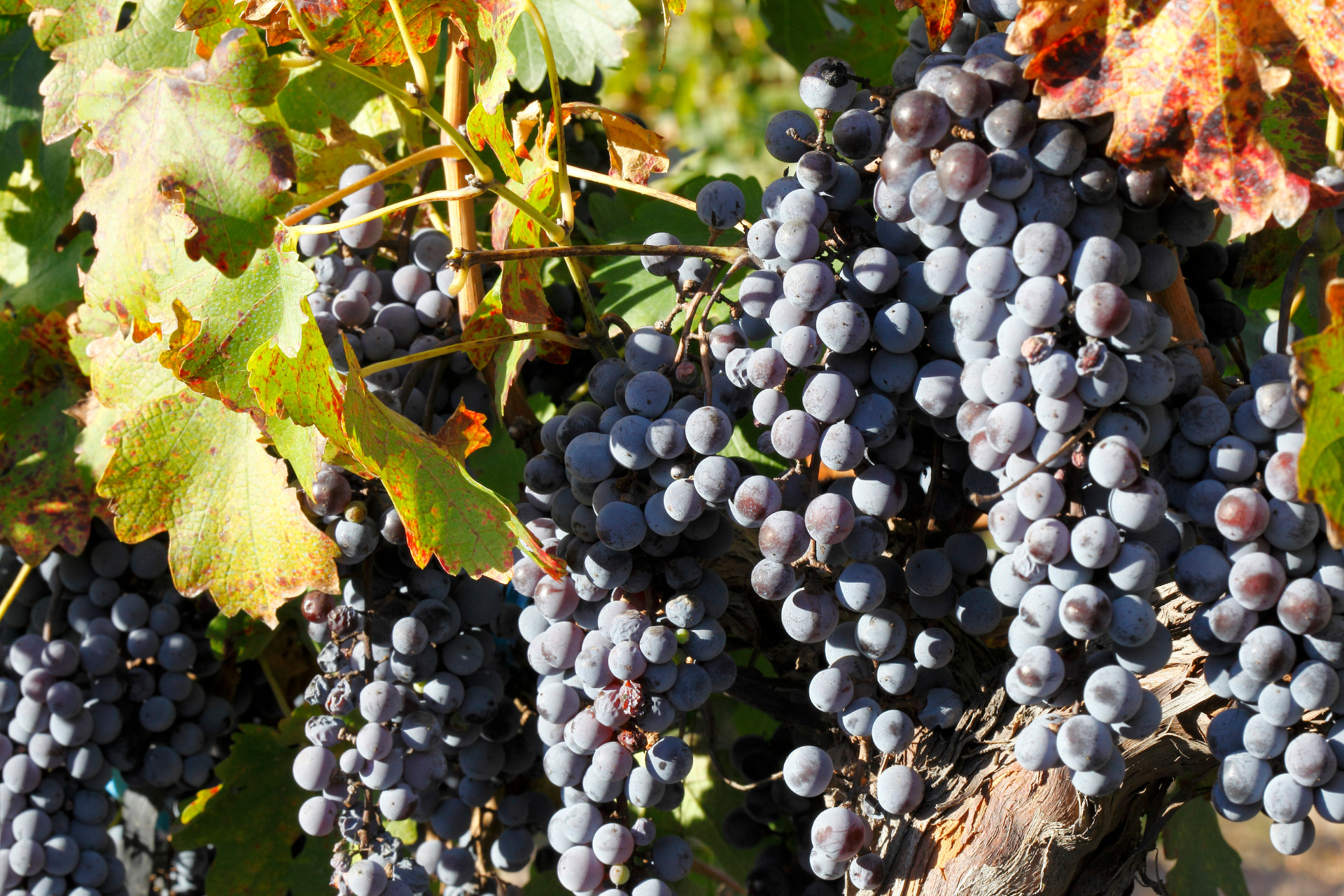What is Fining in the Winemaking Process
What is Fining in the Winemaking Process and Why is it Important?

Fining is a pivotal stage in the winemaking process, performed to enhance the clarity, stability, and overall quality of wine before it reaches the bottle.
This technique involves the use of fining agents, substances added to the wine to bind with and remove unwanted particles and impurities.
Through this meticulous process, winemakers can ensure that their final product is not only visually appealing but also stable and flavourful.
How Fining Works
The fining process is a chemical and physical interaction between the fining agent and specific components in the wine.
When the agent is added, it binds with unwanted elements, forming larger particles that precipitate to the bottom of the vessel. This sediment can then be separated from the wine, leaving behind a clarified and polished product.
Key elements targeted during fining include:
- Microscopic Solids: Tiny particles left from grape skins, seeds, or stems.
- Proteins: Excess proteins can cause haze in wine, particularly in white varieties.
- Tannins: High levels of tannins can result in an overly bitter or astringent taste.
- Colouring Phenols: These compounds, which contribute to the wine’s colour, can sometimes cause unwanted discolouration.
Once the reaction between the fining agent and these elements is complete, the wine undergoes a process called racking—the careful transfer of the clear wine away from the settled sediment.
Common Fining Agents
Winemakers have a variety of fining agents at their disposal, each chosen based on its specific properties and the desired outcome for the wine.
Some of the most common agents include:
Egg Whites (Albumin)
- Best for: Red wines
- Function: Reduces harsh tannins and softens the wine’s mouthfeel.
- Usage: Fresh egg whites or powdered albumin are added to the wine in small quantities. This traditional method has been used for centuries, particularly for high-quality reds.
Bentonite Clay
- Best for: White wines
- Function: Removes haze-causing proteins, ensuring clarity.
- Usage: This naturally occurring clay is highly effective and vegan-friendly, making it a popular choice for many modern winemakers.
Casein (Milk Protein)
- Best for: White wines
- Function: Removes browning pigments and bitter compounds, improving both appearance and taste.
- Usage: Derived from milk, casein is particularly useful for correcting discoloration in oxidized wines.
Gelatin
- Best for: Both red and white wines
- Function: Reduces tannins and enhances clarity.
- Usage: This animal-derived protein is versatile and effective but has seen declining use due to the rise in demand for vegan-friendly alternatives.
Purpose and Benefits of Fining
Fining plays a critical role in the winemaking process, offering several key advantages:
Clarification
Unfiltered wine often contains suspended particles that can cause haziness or cloudiness. Fining removes these particles, resulting in a wine that is crystal clear and visually appealing.
Stabilisation
Certain components in wine, such as proteins, can cause instability over time, leading to haze or sediment in the bottle. Fining ensures that these elements are removed, making the wine stable for long-term storage and consumption.
Flavour Adjustment
By targeting specific compounds like tannins or bitter phenols, fining can refine a wine’s flavour profile. It can reduce bitterness or astringency, enhancing the wine’s overall balance and drinkability.
Considerations in Fining
While fining offers numerous benefits, it also requires careful consideration.
Some winemakers choose to forgo fining altogether, adhering to a minimalist philosophy that emphasizes preserving the wine’s natural characteristics. These unrefined wines may have a slightly cloudy appearance but are often prized for their full flavour and aromatic complexity.
Vegan-Friendly Alternatives
The use of animal-derived fining agents like egg whites, casein, and gelatin has sparked a shift towards vegan-friendly options. Plant-based and synthetic fining agents, such as pea protein and silica gel, are increasingly being used to cater to consumers seeking cruelty-free products.
Impact on Flavour and Aroma
While fining can improve clarity and stability, over-fining may strip the wine of desirable flavours and aromas. Winemakers must carefully monitor the process to achieve the perfect balance.

Timing and Process of Fining
Fining is typically performed after fermentation but before bottling.
The timing and methodology are crucial to achieving the desired results without compromising the wine’s integrity.
The steps involved in the fining process are as follows:
- Adding the Fining Agent: The selected agent is introduced into the wine in precise quantities.
- Allowing Time for Binding: The agent interacts with unwanted particles, forming bonds that create larger, heavier particles. This process usually takes 15 minutes to an hour.
- Settling: The bound particles precipitate to the bottom of the vessel over 2-3 days.
- Racking: The clarified wine is carefully transferred to a new container, leaving the sediment behind.
Winemakers often conduct small-scale trials with different fining agents to determine the best option and dosage for a particular batch of wine. This careful experimentation helps ensure that the final product meets both the winemaker’s standards and consumer expectations.
Conclusion
Fining is an essential process in winemaking that directly impacts the clarity, stability, and flavour of the final product.
By employing fining agents to remove unwanted particles and impurities, winemakers can craft wines that are visually appealing, stable, and enjoyable to drink. However, the process requires careful consideration to avoid stripping away desirable qualities and to cater to evolving consumer preferences, such as the demand for vegan-friendly options.
Through thoughtful application of fining techniques, winemakers strike a balance between tradition and innovation, ensuring that each bottle delivers a harmonious and satisfying experience.
Wine and Cheese Affair News


